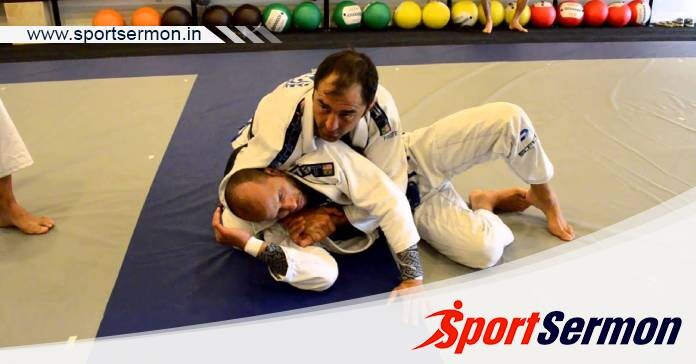BJJ Techniques Attacks: The side control position is the foundation for dominance and submission in the thrilling sport of Brazilian Jiu-Jitsu. With so many striking possibilities available from this pin, practitioners may successfully control opponents and set up submissions and positional improvements. Now that we’ve covered the top 7 BJJ techniques attacks from side control, let’s explore some techniques that may really help you improve.
What Makes Side Control Necessary?
Side control is one of the most vital positions in BJJ. In this position, your opponent is positioned chest to chest against you, but your legs are wide apart. This natural arrangement gives the greatest player the stability to overcome even the most formidable opponents. Larger grapplers often employ this pin as their go-to since it’s safe and easy to sustain. Having discussed this, let’s go on to the top 7 BJJ techniques attacks you can do when in side control.
1) Keylock Or Americana

A basic side control submission is the Americana, often referred to as the keylock or V armlock. This move applies pressure on the opponent’s shoulder joint in an attempt to induce discomfort or a submission. When performing the Americana, one hand must be used to control the opponent’s wrist and the other to secure their elbow. The practitioner hopes to add a powerful tool to their armoury by securing the submit and immobilising the opponent’s arm with downward pressure.
Controlling an opponent’s movement may be critical in competitive and self-defence scenarios, and this is where the Americana shines. The Americana may be used to halt even larger opponents with exact execution and leverage, demonstrating its adaptability to many mat settings.
You might also be interested in reading this: Get To Know The Top 4 BJJ Judo Throws
2) Kimura
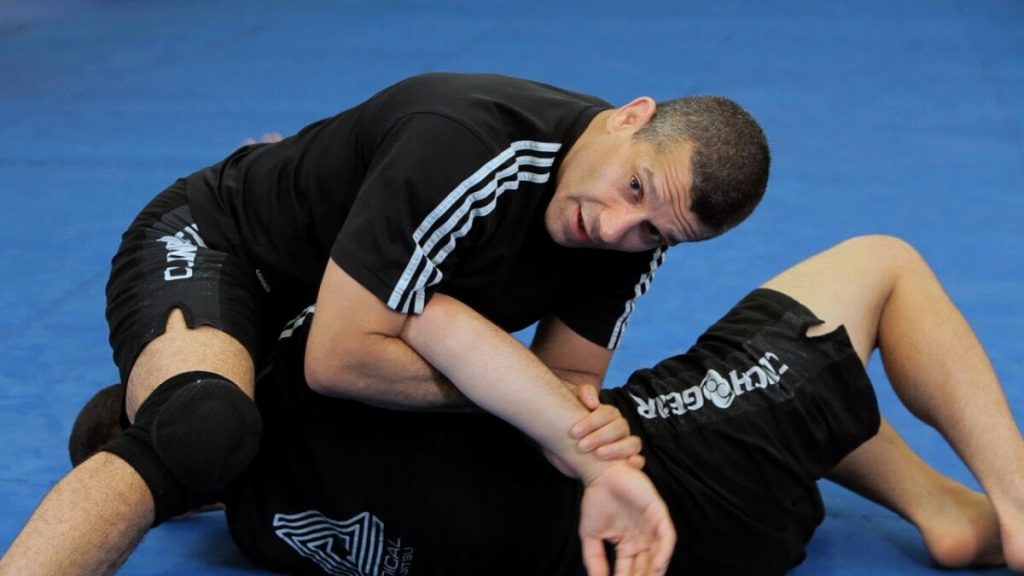
Starting from side control, the kimura submission is a versatile attack. The Japanese martial style known as kimura is named after the legendary Masahiko Kimura, who defeated Helio Gracie with it. It involves keeping your elbow under control while isolating your opponent’s arm and applying pressure to the shoulder joint with torque. Its application is not just defensive but also aggressive, as practitioners may utilise it to transition from being submissive to taking the initiative.
Understanding leverage and body mechanics is essential to performing the kimura well. You must use the right grip strength and placement to lock down the submission. More complex kimura setups include those from the back, half-guard, and even north-south, demonstrating the kimura’s versatility in a range of BJJ competitive circumstances. The kimura is an essential weapon in any grappler’s toolbox due to its efficacy, but mastery demands a commitment to practice and technical improvement.
3) Armbar
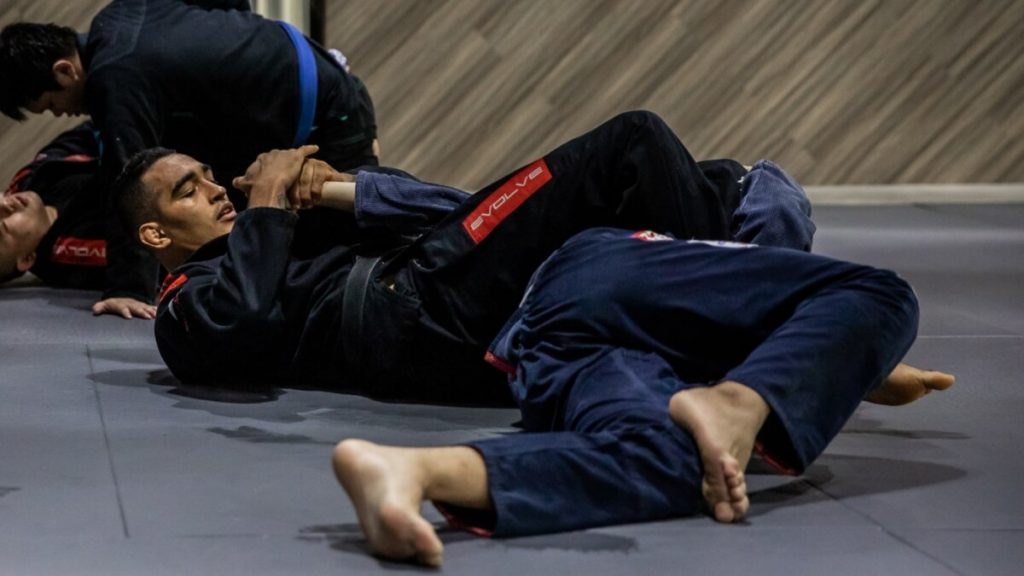
Practitioners can build up the armbar submission, focusing on the opponent’s extended arm, with a smooth transition from side control. It is possible to position oneself to hyperextend the elbow joint by isolating the arm and manipulating the wrist. To secure the armbar submission, stride over your opponent’s head while keeping control and apply pressure at the end. When used correctly and at the right moment, the armbar may be a very powerful weapon that can surprise opponents and win battles quickly.
The armbar is useful in real-world self-defence scenarios as well as BJJ competitions, as controlling an opponent’s limbs can be essential to neutralising threats. Understanding leverage and body mechanics properly is essential to mastering the armbar. One must also be able to predict and counter the reactions of their opponent. The armbar, whether performed from side control or from another position, is still a powerful submission that fighters of all stripes must respect.
4) North-South Choke
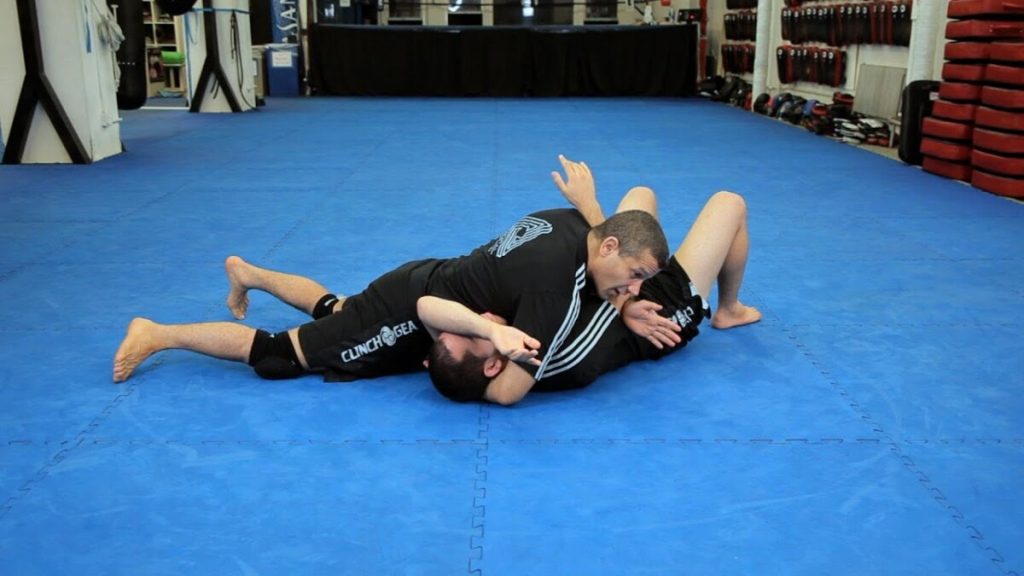
A strong danger from side control or transitions from other locations is the north-south choke. This submission presses on the opponent’s neck, forcing a submission by exerting pressure on the carotid arteries. In order to apply the north-south choke on your opponent’s neck as successfully as possible, you need to position yourself correctly, make use of leverage, and maintain a firm hold. Placing your looping arm on your opponent’s neck is crucial to a tight north-south choke; be sure to maintain everything tight and minimise any room. Gaining proficiency in this move gives one’s grappling repertoire a deadly new dimension that may quickly terminate matches.
The north-south choke, which originated in judo and was modified for Brazilian Jiu-Jitsu, is a prime example of how technique and leverage work better than force. Your opponents can be rendered unconscious or forced to submit by deliberately controlling their heads and exerting pressure, demonstrating the power of technical submissions in BJJ competition. The north-south choke is a useful tool for every practitioner to have in their toolbox, even if it takes commitment and repetition to become proficient.
5) Knee On Belly
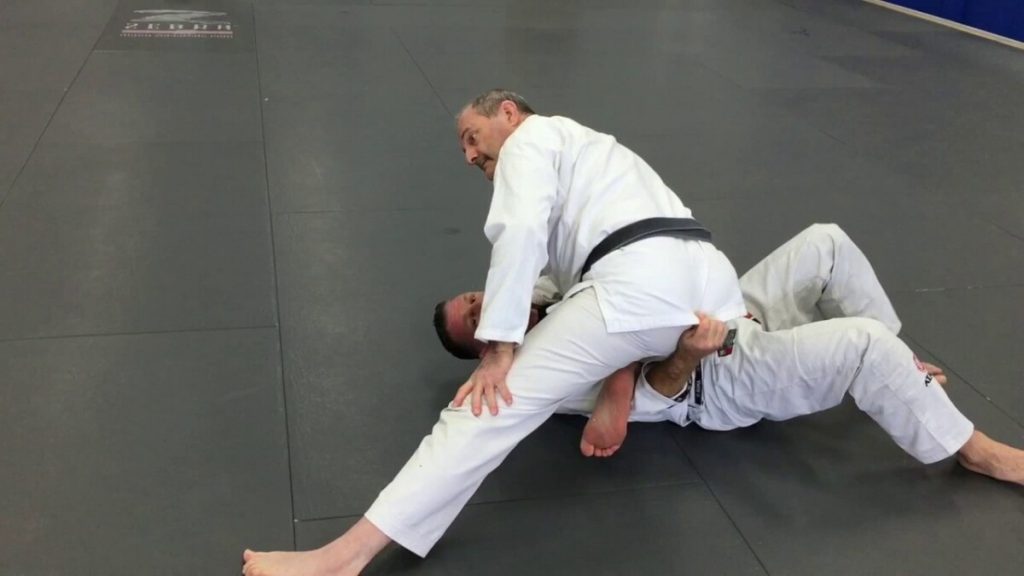
Although it isn’t a surrender in and of itself, side control may be effectively controlled with the knee on the belly position. Practitioners can apply pressure and stop their opponent’s breathing while preserving movement and attack choices by putting their knee on their chest or abdomen. The adaptability and efficiency of the knee-on-belly position in BJJ strategy is further demonstrated by its use as a strategic setup for submissions like arm triangles or transitions to more dominating positions. Additionally, you may submit opponents using the knee-on-belly technique, particularly if you pull on their body while pressing your knee on it.
6) Paper Cutter Choke
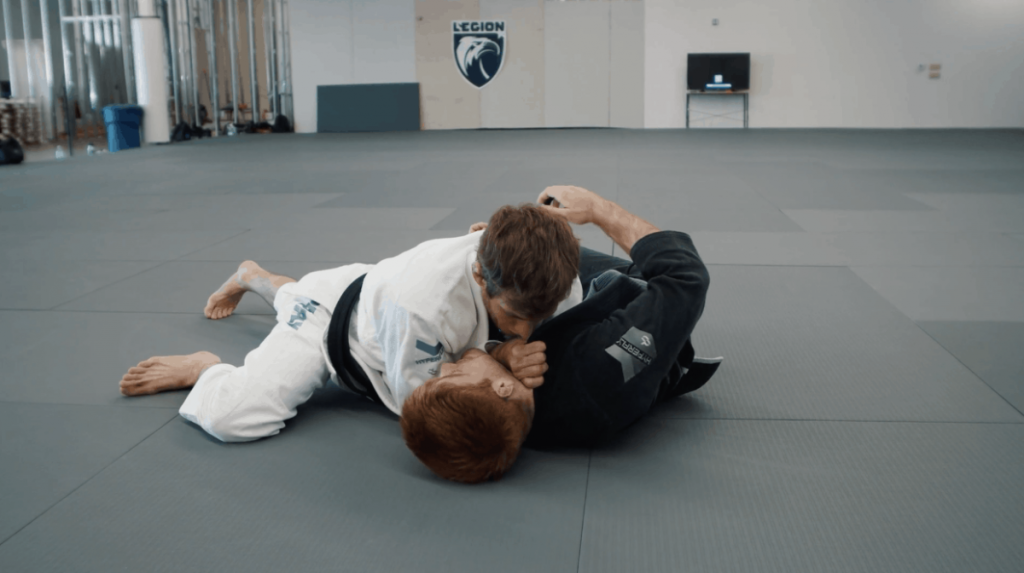
You can use the paper cutter choke to put pressure on your opponent’s neck after switching from the north-south to side control. The trachea is the focus of this submission, which restricts airflow and causes pain or submission. The paper cutter choke is a technique that requires precise hand placement and leverage in order to maximise pressure and retain control over the opponent. When used with time and accuracy, this method may be a very effective weapon.
7) Cross the Armbar
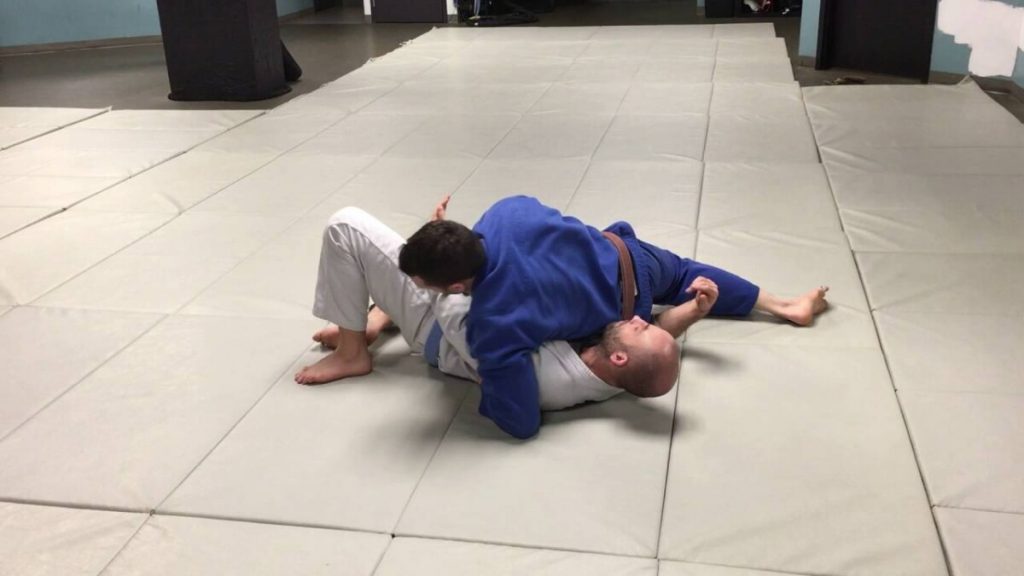
The step-over armbar is a version of the side control armbar that entails separating the opponent’s arm and stepping over their head to submit them. By using your hips as leverage and exerting pressure on your elbow joint, you may hyperextend your arm and force a surrender. The step-over armbar gives a grappler’s game a dynamic touch, surprising opponents and creating potential for quick wins. Being proficient in this technique necessitates time and precision since you have to move quickly to step over your opponent’s body and submit.
In summary
To become proficient in these side control strikes, one must possess commitment, skill, and a thorough comprehension of grappling principles. You may greatly improve your abilities and become a formidable opponent on the mats by implementing these tactics into your training programme.
These assaults give practitioners a method to succeed in the fast-paced world of Brazilian Jiu-Jitsu, whether it’s by obtaining submissions or moving into more dominant positions. We promise that you can create an amazing side control game with more practice and improvement!
These are the top BJJ techniques attacks from the side control position. Let us know your thoughts in the comment section below.

